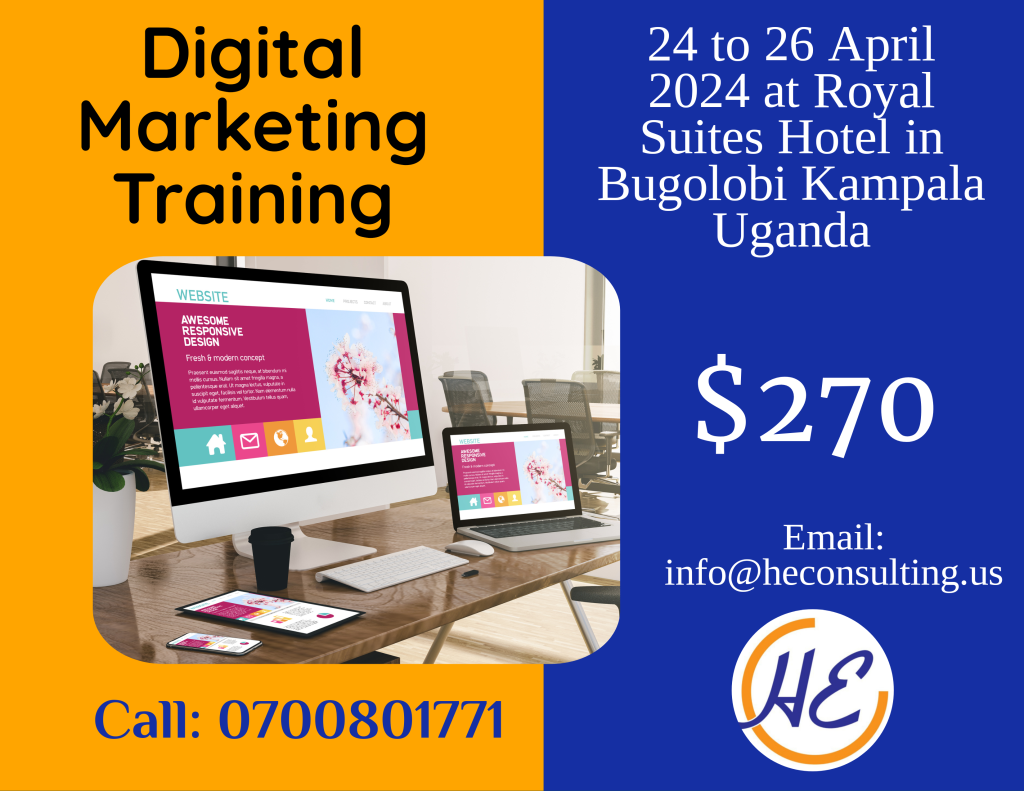Developing and Submitting an Effective, Responsive, and Winning Tender Proposal in Uganda
Scope – This Article Discusses how you can Develop and Submit an Effective, Responsive, and Winning Tender Proposal in Uganda. The Writer (Robert Mwesige) Advises on the Best Way to Participate in The Tendering Processes by Developing and Submitting an Effective, Responsive and Winning Proposal Tender Proposal for The Provision of Goods, Works, and Services.
Writing an effective response to a Request for Proposal (RFP) is one of the things you rarely find on the curriculum of African schools, colleges, and universities. The term tender proposal is used in many procurement offices to describe the response from potential suppliers to a request for proposal (RFP).
There are three aspects to every tender proposal: company overview, response to specifications, and pricing. You have to learn by yourself how you will be able to position your business better to compete for and win government contracts.
Several consultancy firms and suppliers of products and services don’t have enough information to win government tenders and yet they need to become better positioned to compete for contracts and subcontracts at the time when Uganda has a new and lucrative Oil and Gas Sector.
At Houston Executive Consulting, we believe in shared opportunities and that’s why we want to make an effort to assist the small vendors that provide products, services, and solutions.
We empower clients to have skills, leverages technology, and provide education and information in core areas including Business Analysis and Planning, Compliance, Corporate Governance, Contracts and Contracts Management, Tender Bid Management, Heath, Safety, Security, Environment and Quality, Human Resources and Resourcing and Procurement Advisory Services.
It is one thing to receive a Request for Proposal and another to win the business for your organization. An RFP document is issued when an organization wants to buy something and chooses to make the specifications available to many businesses so they can submit bids.
There is very high competition and organizations are using the RFP reply as a basis for judgment between different contactors to evaluate the best available option. This article highlights the key attributes of an effective response to an RFP so you can win a tender bid and get a contract.
Proposal Development Checklist
As an Experienced proposal writer, I can assure you, it is very important to plan for any proposal development effort. Thorough planning usually results in a more clearly focused and better-written proposal.
A Proposal Development Checklist helps you create a highly personalized, client-centered proposal that stands a much higher chance of success than a generic cookie-cutter-style proposal.
You can create or edit a checklist to suit your workflow. Print a copy each time you develop a new proposal and check off items as they are completed. Use the checklist to keep track of details to ensure the proposal development process proceeds as smoothly as possible and that details are not missed.
The following contents should not miss on your project task assignment & progress sheet (a) Application Form(s), (b) Table of Contents, (c)Executive Summary (d) Budget, (e) Narrative, Project Description, (f) Required Documents, (g) Correspondence, (h) Cross Reference (i) Research, (j) Client and Team, and (k) Proposal Pack
Components of A Proposal
Transmittal Letter (1 Page)
Open with an introduction and statement of your capabilities. Here you will provide the reader with a snapshot of what is to follow.
Executive Summary (1 Page)
This is an umbrella statement of your capabilities and a summary of the entire proposal. Specifically, it summarizes all of the key information and is a sales document designed to convince the reader that your business should be considered for the project.
Statement of Understanding (2 Pages)
Why this project is necessary; what are the agency’s objectives? It presents the facts and evidence that support the need for the project and establishes that your business understands the problems and, therefore, can reasonably address them.
You want the need section to be succinct, yet persuasive. It is this section that proves whether you have understood the RFP document or not. You have to be as persuasive as possible.
Project Description (3 Pages)
Nuts and bolts of how the project will be implemented and evaluated. This section of your proposal should have objectives, methods, staffing, and administrative requirements.
Methods (3-4 Pages)
Most organizations assign a higher weight to the methodology in the selection criteria. Utilizing the objectives, explain what will be achieved by the project.
The methods section describes the specific activities that will take place to achieve the objectives. Your methods should match the previously stated objectives. The methods section should present the order and timing for the tasks.
You may need to defend your chosen methods, especially if they are proprietary or unconventional. This also addresses why the planned work must effectively lead to the anticipated outcomes. You can answer this question in several ways, including using examples of other projects.
Budget/Pricing (1 Page)
The pricing for your proposal may be as simple as a one-page statement of projected expenses, or your proposal may require a more complex presentation.
Perhaps it may have to include a page on projected support and notes explaining various items of expense or revenue. Some organizations send the RFP document along with customized templates. If they are not attached, you have to prepare your own.
Business Information (1 Page)
Highlight the history and governing structure of your business, its primary activities, and services. In describing the methods, you will have mentioned staffing for the project.
Details about individual staff members involved in the project can be included either as part of this section or in the appendix, depending on the length and importance of this information. You now need to devote a few sentences to discuss the number of staff, their qualifications, and specific assignments.
Conclusion (2 Paragraphs)
Every proposal should have a concluding paragraph or two. This section is also the place to make a final appeal for your project. If appropriate, you should outline some of the follow-up activities that might be undertaken to begin to prepare for starting the project.
It is also in this section that you declare that you are available to provide feedback or respond to any questions and make clarifications about any part of the proposal.
Lastly, you need to print and submit your tender proposal. Make sure you use a good printer that will produce good quality work which is easy to read by the procurement committee of the sourcing agency.
You also have to seal the proposal document as instructed in the RFP. In most cases, you have to seal the financial proposal separate from the technical proposal and drop the two in a bigger envelope ready for delivery.
Always work to prepare and check the documents on time preferably before the time and date stated as the deadline. Respect the time indicated for delivery in the RFP Document for you to deliver the proposal on time.
Similar Articles
The 3 Important Phases of Writing a Responsive Proposal
Writing a Winning Tender Bid Response to The Different Solicitations – Uganda












